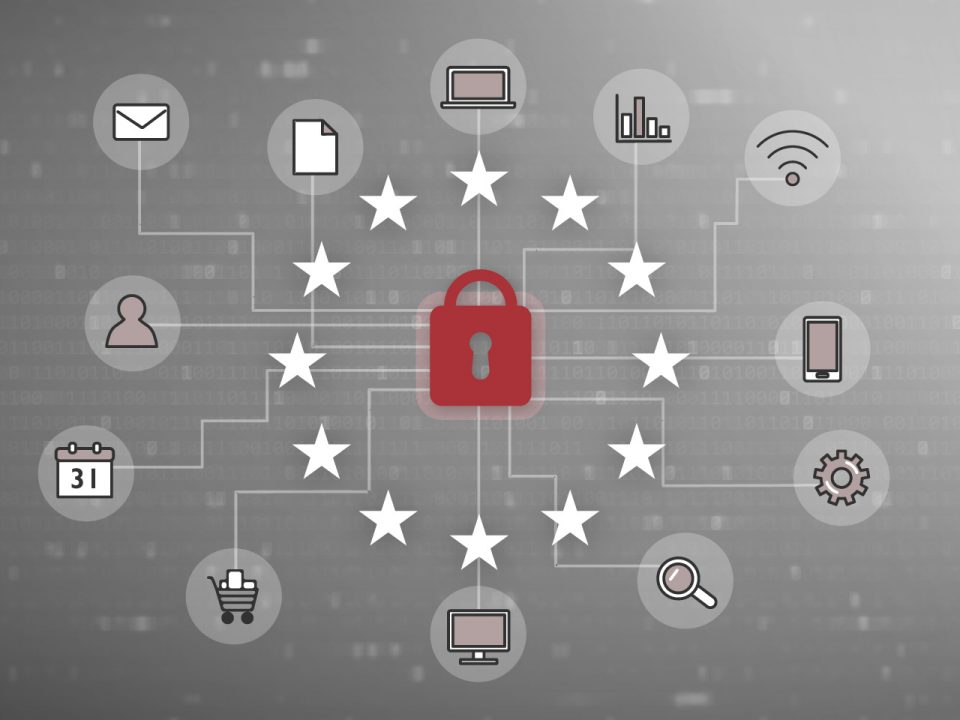Law and Fashion


We are often asked if it is trendy and cool when we represent someone from the fashion industry such as Max Mara or Movem Fashion (Boss), Fashion TV or some influencer. One would say no, because this business is preceded by numerous legal procedures and preparations to make something from the world of fashion accessible to the public, and all these actions fall into the area called – Fashion law.
Creativity and originality
Law and fashion most often revolve around copyright, design, trademarks and patents, since the very essence of the industry is creativity and originality.
In the field of copyright, copyright prevents the unauthorized use of the original work of art by others, including sketches, designs or disposable handmade clothing, and consists of the authority to do certain things as an author (the right to exhibit, publish and communicate copyrights) or to prohibit certain actions by others (copying, duplication, public display of copyrighted work, import of counterfeit goods for commercial purposes).
In addition to the artwork, your brand should be protected in the countries where it is sold. Specifically, you do not want your intellectual, creative and original work to tie people to another brand because that brand e.g. looks like yours.
That is why it is important that you have a registered trademark.
Finally, we come up with a design that involves registering it, and in order to register something, it must be new, and the novelty is valued globally. We had one client who published their product catalogs and only afterwards wanted to register the design, and himself “compromised” the novelty as a condition of registration.
So if someone is a designer he should have the right to protection of his work, but it is not always so.
Specifically, it is possible that a designer already has protection over a garment that is an individual work of art, but if we are talking about industrial application it must be protected as a design in order to enjoy protection.
Patent is the rarest measure of protection because it is an expensive process. This is, of course, possible if you came up with something that worked, such as a zipper.
Other areas of law governing the fashion industry
In addition to intellectual property related to creativity and originality, fashion, labor, business, consumer, tax law, personal rights such as personal data protection, privacy, terms such as trade secrets, know-how, online sales are pervading , reputation policies, policies on social networks, and a whole host of other policies, procedures, and protocols that govern a large number of participants in the industry.
Lawyers take necessary actions for their fashion clients, such as design licensing, clothing, footwear, jewelry, advising them on how to brand the product and protect it. They also provide product placement, prepare franchising contracts, contracts with influencers, help regulate employment, environmental issues … And when a dispute arises, lawyers take the lead.
The most intellectual property disputes are design theft and trademark copying. Design disputes are not uncommon because of the violation of culture, religion, tradition.
There are also disputes between authors and co-authors, subcontractors, and a whole host of other issues in which controversial issues may arise or ones that have not been properly regulated and identified by the participants.
For example, cheap labor is being exploited in the world. Namely, factories of the biggest fashion brands, for cost savings, are located in poor countries like Bangladesh, Thailand, etc. This is also because the production of synthetic clothing is an energy-consuming process that results in various harmful side effects that pollute the air, water and soil, where lawyers have a wealth of activities.
Law is extremely present in the status changes of fashion companies, in situations of hostile takeover, when they buy shares of a weaker firm whose prices have fallen, but at slightly higher prices than the market, and then, when it acquires power over such a firm, management is changed and the better one is being established. All this is accomplished with the advice of lawyers.
Here is an example of the acquisition of ownership of Bvlgari by Louis Vuitton. Bvlgari is an Italian company that manufactures and sells luxury jewelry and perfumes, founded in 1884. In 2011., the Bvlgari family sold the company to Louis Vuitton for $ 6.01 billion, giving Louis Vuitton a 50.4 percent ownership stake in the company and the Bvlgari family in turn acquired 3 percent of Louis Vuitton’s ownership. So, since 2011., Bvlgari has been a part of the Louis Vuitton Company.
The transaction in question was not at all simple because it was preceded by a thorough market analysis, customer preference, documentation preparation and due dilligence, all of which could not be done without the advice of experts, especially lawyers.
A new start for the fashion industry?
With the rise of digital marketing, social networking, new market entrants such as influencers have emerged, which we wrote about in our special blog (see: http://www.naumovic-partners.com/sta-je-influenser-ugovor ).
Of course, social and economic relations are a “living” thing and we will see how the fashion industry will respond to the global crisis caused by COVID-19 and the potential challenge called “social distance” at magazines, shops, rallies, hiring foreign workers, reducing the flow of people and possible restrictions.
The solution is probably in the concept of Contactless Economy.


